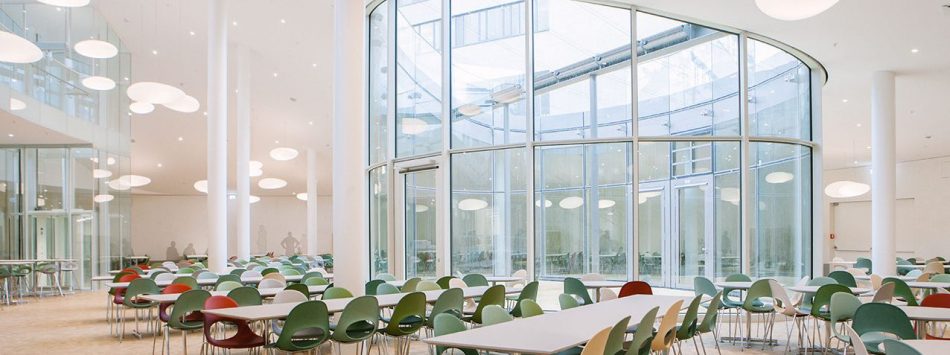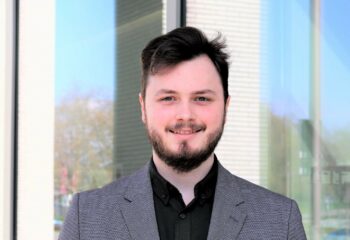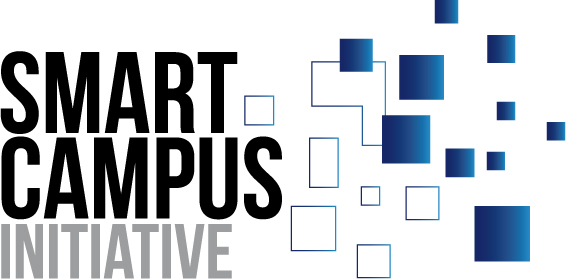Forecast model for canteen capacity utilisation
Development and testing of an AI-supported model for forecasting waiting times in the refectory of the Bildungscampus
Duration: December 2019 – October 2020

© Magmell
Contact person

Vincent Philipp Göbels
E-Mail: vincent-philipp.goebels [at]
iao.fraunhofer.de
Phone: +49 711 970-5268
With the completion of the Bildungscampus North in October 2019 and the associated establishment of further degree programmes, around 6,500 students have started the winter semester on the Bildungscampus. In the future, there will even be up to 10,000 students. The increasing number of students is already clearly noticeable and is changing the demands on campus operations and (community) infrastructures: for example, the capacities in the refectory were no longer sufficient by far, and during lunchtime, long queues sometimes formed at the food counter and the cash registers. Students expressed the wish to be able to check the capacity of the canteen digitally in advance in order to avoid long queues and to be able to visit at less busy times.
In March 2020, the new refectory was finally opened, which allows for a higher number of visitors. However, it was temporarily closed just one day after opening due to the Corona Lock Down. In the context of the gradual return to normal operation, the recording, prediction and control of the number of people on campus takes on a completely new relevance: The aim of the project is to develop and test a forecasting model that can be used to predict waiting times in the canteen for the next half hour.
The project pursues a data- and sensor-based approach: In the refectory, all payment processes are handled digitally via Campus Card, which offers the great advantage that visitor numbers are recorded precisely. With the help of historical checkout data, waiting times can be simulated via a neural network. In order to be able to make more precise statements using real-time data, the cafeteria will also be equipped with sensors. Different technologies could be used to record incoming and outgoing visitors via light barriers, Bluetooth or image recognition. The canteen will thus become a testing ground for the reliability of different sensor solutions. Among other things, the aim is to see which technologies are best suited from different points of view, such as measurement accuracy, data protection, costs and installation options.
In future, waiting times could be made available online via a dashboard. This would not only support the decision-making process for or against a visit to the refectory, but would also make it possible to plan staffing and the range of meals more in line with demand. In addition, universities could, for example, take the number of visitors to the refectory into account when drawing up timetables and better coordinate lunch breaks among themselves, which could lead to a more efficient and balanced use of campus infrastructures in the long term.
It would be conceivable to expand the project to other areas on campus. For example, students could be supported in the future in their search for free workstations in the library by recording their occupancy status via sensors and retrieving it from a central location. In addition, the prediction model could be used everywhere where many people are concentrated and waiting times occur. The solution would be suitable for example in citizens’ offices or customer centres. But also in supermarkets, hairdressing salons, swimming pools or museums, the number of customers and visitors could be better controlled with a forecasting model.
Other fields of application
public facilities
department stores
large events
gastronomy
leisure facilities
